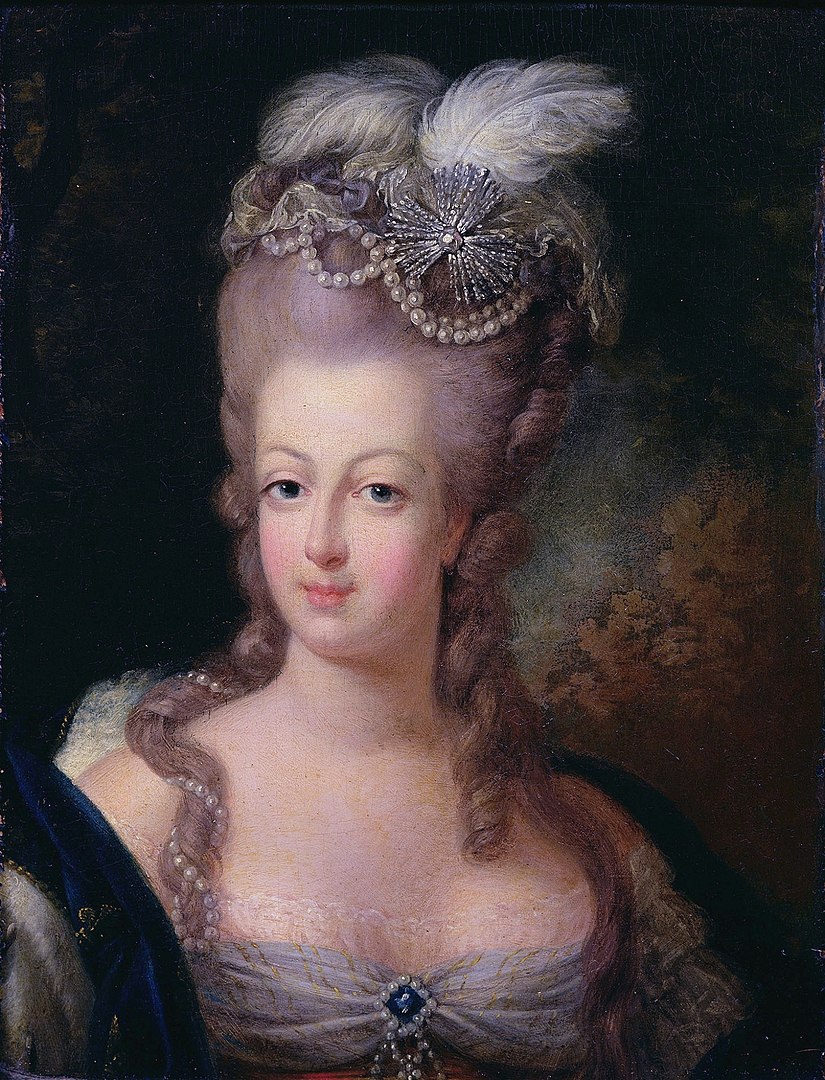
Why Marie Antoinette is so famous?
Marie Antoinette, the name itself conjures images of opulence, intrigue, and tragedy. Few historical figures have captured the imagination of the public quite like the ill-fated Queen of France. From her extravagant lifestyle and infamous ,and misattributed “Let them eat cake” remark to her untimely death at the guillotine, Marie Antoinette remains a cultural icon, a symbol of both excess and victimhood. But what is it about her story that has resonated so deeply with audiences across centuries and continents? Let’s explore the reasons why Marie Antoinette is so famous, delving into her life, her mythos, and her enduring legacy.
A Royal Beginning
Marie Antoinette was born Maria Antonia Josepha Johanna on November 2, 1755, in Vienna, Austria, as the fifteenth child of Empress Maria Theresa and Emperor Francis I of the Holy Roman Empire. From the outset, her life was destined to be one of political significance. As part of a strategic alliance between Austria and France, she married Louis-Auguste, the Dauphin of France, in 1770 at the tender age of 14. This marriage was intended to cement peace between two powerful European nations, but it also placed an enormous burden on the young girl.
Despite her privileged upbringing, Marie Antoinette was thrust into an environment that was foreign and often hostile. The rigid protocols of the French court at Versailles were in stark contrast to her relatively freer upbringing in Vienna. The young Dauphine, and later Queen, struggled to adapt, earning both admiration and criticism for her behavior.
A Life of Extravagance
One of the key reasons for Marie Antoinette’s enduring fame is her association with luxury and excess. As Queen of France, she became a fashion icon, setting trends with her elaborate gowns, towering hairstyles, and opulent accessories. Her personal retreat, the Petit Trianon, was a sanctuary where she could escape the formality of court life and indulge in a more pastoral existence, albeit one still dripping with luxury.
Marie Antoinette’s extravagant lifestyle was not merely a personal indulgence but also a reflection of the broader decadence of the French monarchy at the time. Her lavish spending became a focal point for public outrage, especially as France descended into economic turmoil. She was often scapegoated for the financial woes of the nation, earning her the nickname “Madame Déficit.”
The “Let Them Eat Cake” Myth
Perhaps the most infamous anecdote associated with Marie Antoinette is her supposed response to hearing that the French peasants had no bread: “Let them eat cake” (“Qu’ils mangent de la brioche”). This phrase has become synonymous with callous indifference to the suffering of the poor. However, there is no historical evidence that she ever uttered these words. The quote was likely propaganda, intended to paint her as out of touch and uncaring.
Despite its dubious origins, the phrase has stuck, becoming a central part of Marie Antoinette’s legend. It encapsulates the perception of her as a symbol of the excesses and inequities of the Ancien Régime, even if it unfairly simplifies her character.
The French Revolution and Fall from Grace
Marie Antoinette’s fame is inextricably tied to the French Revolution, one of the most tumultuous periods in history. As revolutionary fervor swept through France, the monarchy became a target for the anger of the people. Marie Antoinette, in particular, was vilified in pamphlets and caricatures that portrayed her as a foreign interloper and a corrupting influence on the King.
Her efforts to secure alliances and support for the monarchy, including alleged attempts to contact foreign powers, only fueled suspicions of treason. In 1791, the royal family’s failed attempt to flee France, sealed their fate. Marie Antoinette’s image as a conniving and untrustworthy figure was cemented in the public consciousness.
Following the abolition of the monarchy, Marie Antoinette faced trial for crimes against the French Republic. The charges ranged from political conspiracy to personal misconduct, many of which were exaggerated or unfounded. On October 16, 1793, she was executed by guillotine, a tragic end that has only added to her mystique.
The Making of a Legend
Marie Antoinette’s life and death have inspired countless works of art, literature, and film, each adding layers to her legend. From the romanticized portrayals of her as a misunderstood and tragic heroine to the critical depictions of her as a symbol of privilege and excess, she has become a cultural touchstone.
In the 20th century, films like Sofia Coppola’s Marie Antoinette (2006) reimagined her story for a modern audience, emphasizing her humanity and vulnerability. Memoirs, biographies, and historical analyses have continued to explore the complexities of her character, ensuring that her story remains relevant.
A Modern Icon
Today, Marie Antoinette’s fame transcends history. She has become a symbol of both glamour and downfall, a cautionary tale about the perils of excess and the fragility of power. Her name is invoked in discussions of privilege and inequality, making her as relevant in the 21st century as she was in the 18th.
From fashion designers drawing inspiration from her elaborate style to political commentators referencing her as a metaphor for disconnected elites, Marie Antoinette’s legacy endures in surprising ways. She represents the duality of human perception: the ability to be both vilified and romanticized, both a cautionary figure and a cultural icon.
Marie Antoinette’s fame is an evidence to the enduring power of storytelling and myth making. While she was undoubtedly a complex figure, flawed yet fascinating, privileged yet persecuted, her story resonates because it reflects universal themes of power, responsibility, and the human condition. Whether seen as a victim of circumstance or a symbol of a decaying regime, she remains one of history’s most compelling figures. Her life and legacy remind us that fame is rarely straightforward, often shaped as much by perception and propaganda as by reality.




